Exquisite Mosque Designs Reflect Syncretic Culture and Traditions of Incredible India
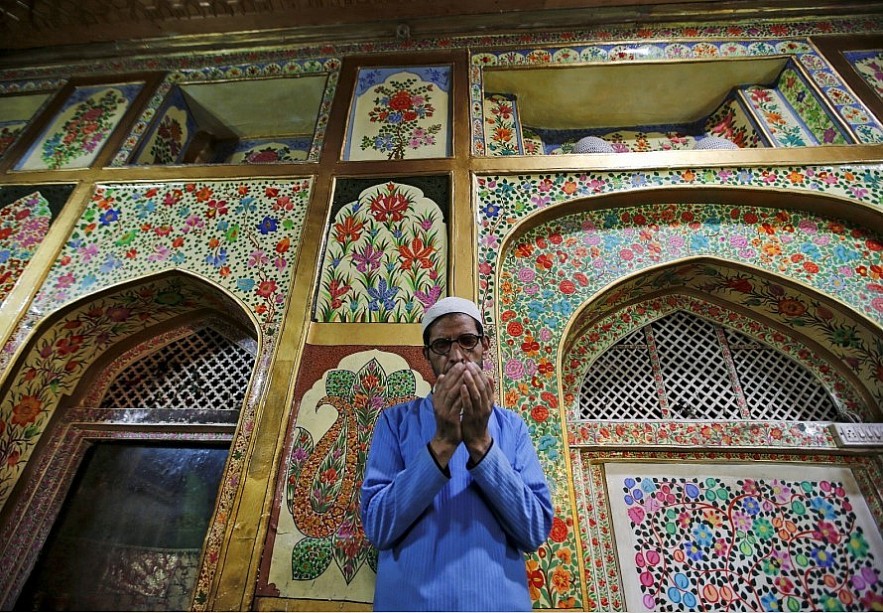 |
In the long and rich history, there are numerous examples of stunning, intricate and innovative designs being built over centuries. One of them is Indian mosque architecture which has played a significant role in understanding the varying degrees of influence of Persian, Central Asian and Turkish architecture on the local and regional architecture across India.
India is home to more than 3,00,000 active mosques, each one of them being a unique expression of local architecture and rich history. Mosques in India are not only sacred but have various interesting stories and contexts to tell.
Most architecture in India is an interesting blend of both Hindu and Islamic influences, creating a truly distinct multicultural and multi-religious style. Marked uniquely by its domes, minarets and arches, there are regional flavours that have been added to make every mosque different from the others.
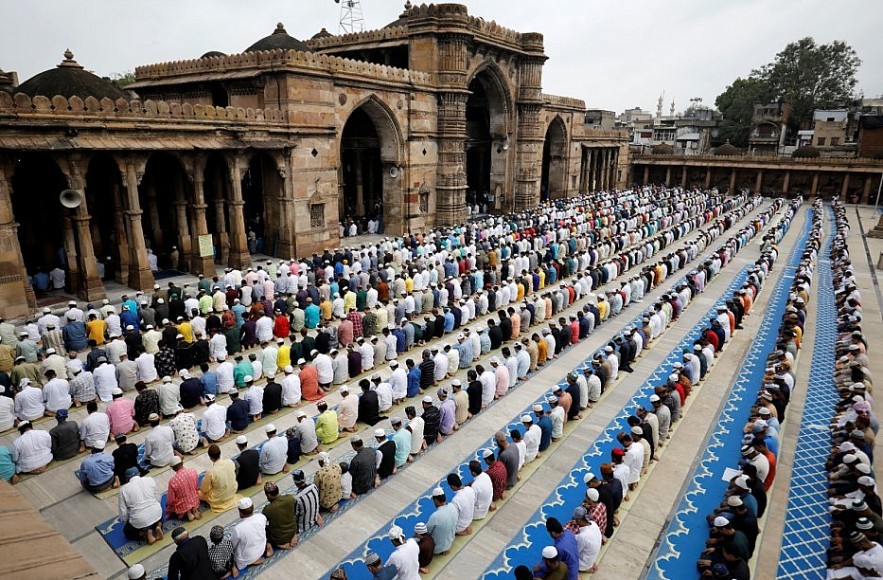 |
Often thought to be the first mosque in India, the CheramanJuma Masjid was built in 629 CE in the traditional Keralan style. Built by the Arab Malik Dinar, considered to be the contemporary of Prophet Muhammad, it has been renovated multiple times but holds massive significance as being one of the original few mosques to be constructed before the widespread conquest and advent of Islam took place on a large scale.
Interestingly, the Nagina Masjid in Uttar Pradesh is known as the Jewel Mosque. Located within the UNESCO World Heritage Site of the Agra Fort, it was built in pure white marble featuring superb architecture. It was constructed between 1630 and 1640 CE as part of the elegance of Mughal architecture.
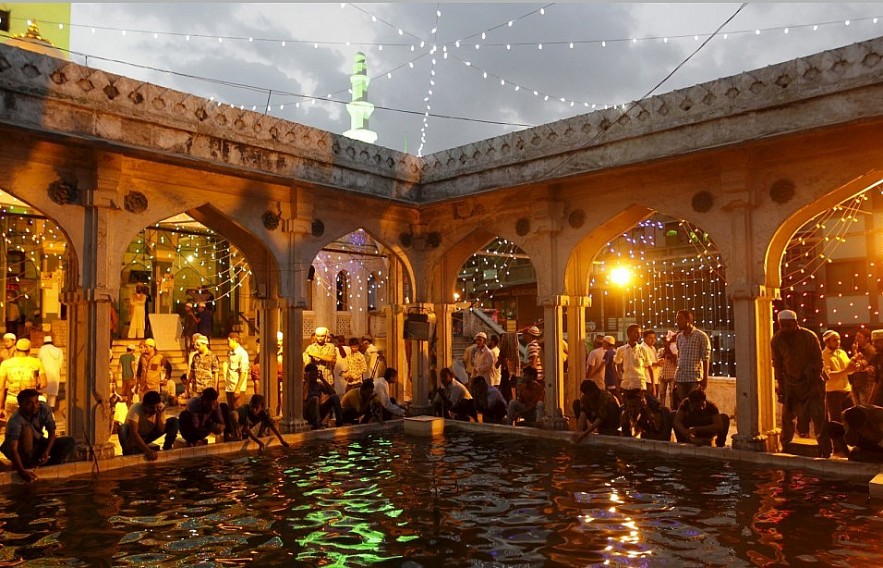 |
One of the largest mosques in the country was built by the Mughals between 1644 and 1656 CE in Delhi. Renowned as the Jama Masjid in the older part of Delhi, it has three great gates, four towers, 2 iconic minarets and a large courtyard that can accommodate more than 25,000 people.
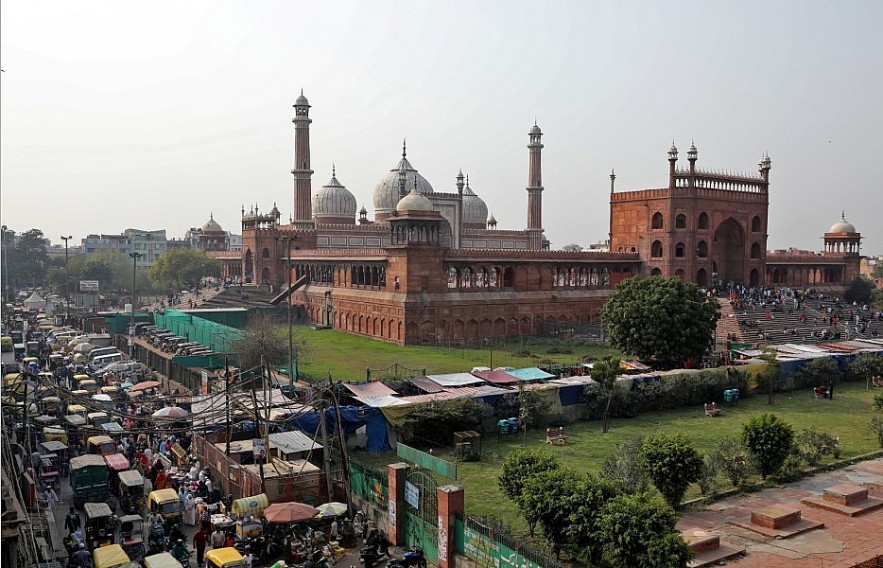 |
Probably India’s most popular mosque, it has remarkable significance in modern Indian history with its involvement in some capacity or the other in the struggles of independence in 1857 or 1920s.
India’s largest mosque lies in Bhopal, Madhya Pradesh, the Taj-ul-Masajid. The 19th-century mosque has interiors spanning about 4,30,000 square feet. Topped by two 18-storied high towers with marble domes, it features an iconic pink facade which makes for an interesting watch for tourists in India.
Design elements often include carved stonework, colourful tiles, iron gates, floral designs and intricate carvings. These can be seen with the pristine white marble mosque on the banks of Dal Lake in Srinagar called the Hazratbal Masjid.
Famous for containing the relic of a saint believed by many to be the heir to Prophet Muhammad, this mosque stands in polarity to the Moti Masjid in Bhopal, Madhya Pradesh that has earned the epithet of the Pearl Mosque for its incredible shine like a pearl.
Along with these, one of the most remarkable designs of any mosque in the world is the dome covered in glazed tile work found in the small town of Bahraich. A huge attraction for international tourists, the Shahi Jama Masjid was built by Salar Baksh Asghar Ali and Thakur Muzaffar Ali to focus on the simplicity yet awe surrounding these socio-cultural structures that form an important part of worship for Muslims.
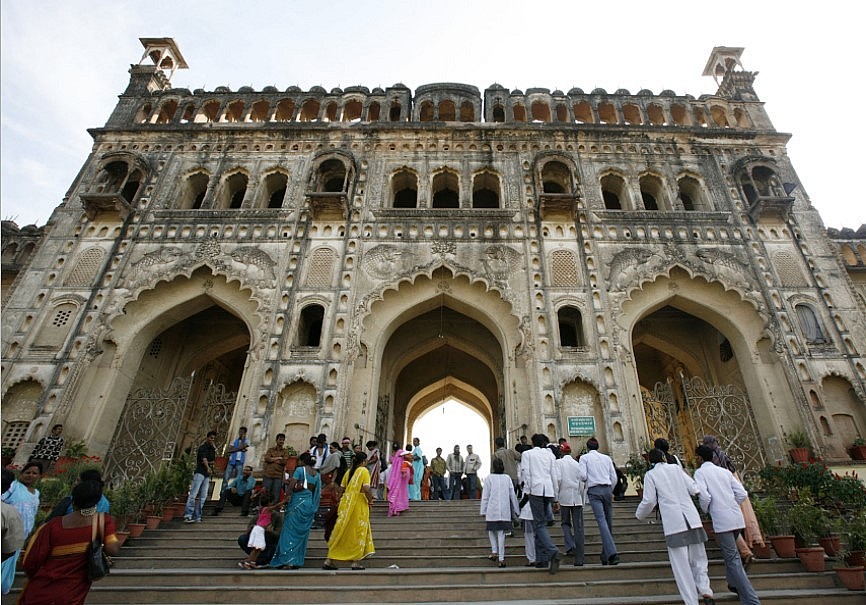 |
A remarkably different aspect that is often not seen in Islamic structures across the globe is the intricate woodwork. A historic mosque which has stood on eight strong pillars for over 1000 years, it is believed that the Jumma Masjid of Kerala on the banks of the Meenachil River was built by a Tumkur king. Being renowned for its exquisite woodwork in India is a feat considering that an overwhelming number of mosques are famous mostly for their marble, stonework and floral designs alone.
Over the centuries, mosque architecture has also evolved taking on elements from the local Indian styles and also making full use of the material found in the destroyed Hindu and Jain temples of the area. These prove that the mosque architecture in India is diverse and a reflection of the cultural influences of the region.
Recommended
 World
World
Vietnamese Lunar New Year Food Fair 2026 Showcases Cultural Identity in Malaysia
 World
World
India named President of BRICS+ for the 2026 term
 World
World
India strengthens defense and security ties with Central Asia
 World
World
India–Brazil–South Africa (IBSA) Dialogue Forum: An Assessment – Analysis
Popular article
 World
World
India’s package for exporters signals confidence in Southeast Asia markets
 World
World
Japanese PM Sanae Takaichi and Indian PM Narendra Modi agree to deepen Japan-India cooperation
 World
World
Australia, Canada, India Enhance Cooperation in Technology
 World
World



